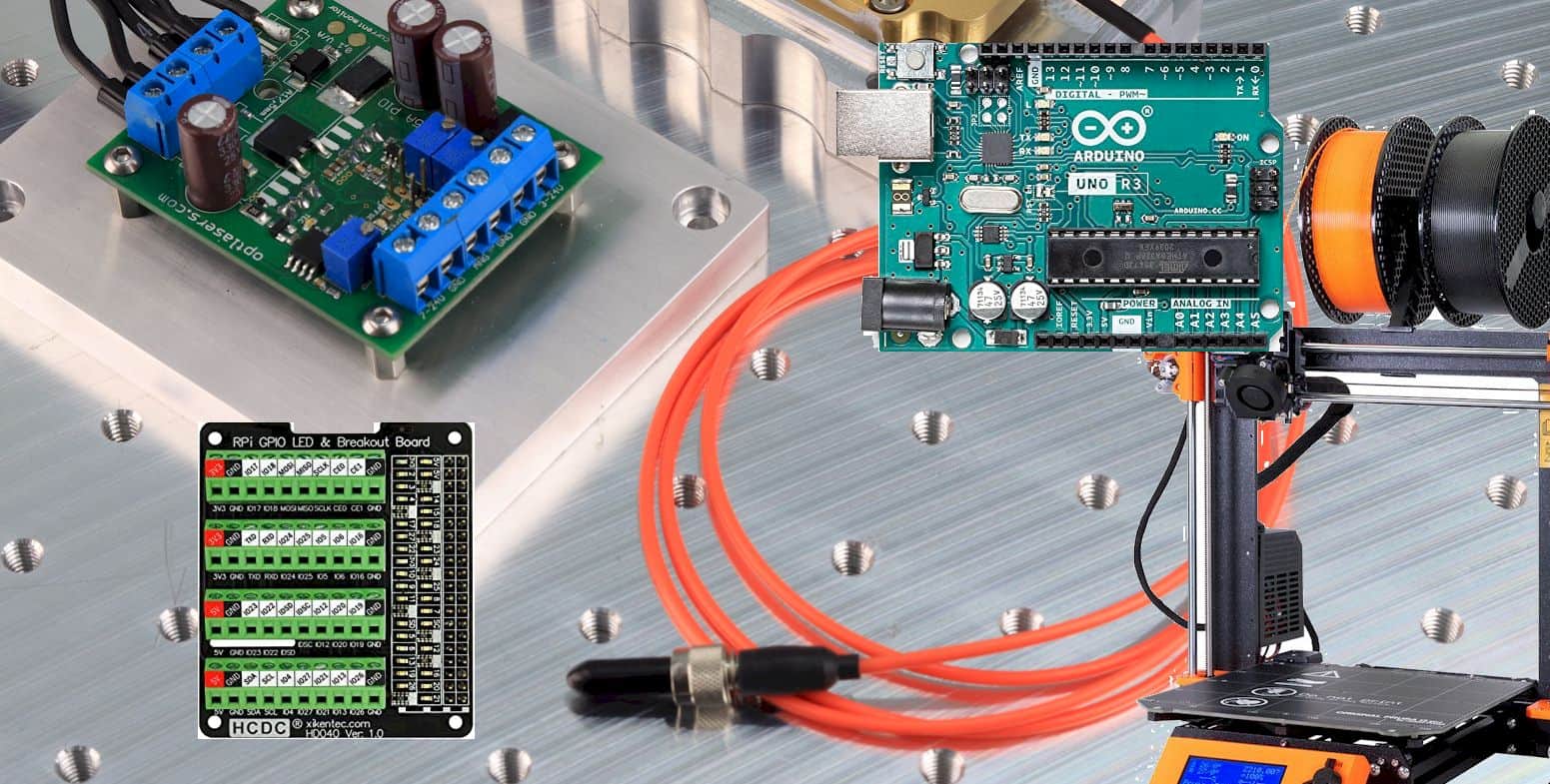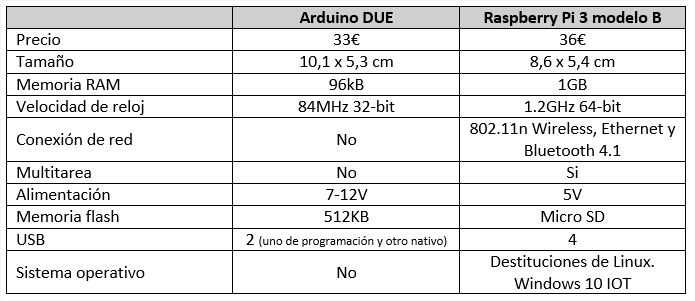



The biggest differences I see between these four platforms have to do with hardware flexibility and operating system support. It typically has less memory than the other platforms, so it’s best targeted at simple, power-sensitive applications. LaunchPads are based on several different TI microcontroller architectures, including some with a variety of low-power modes, so it’s suitable for low-power sensing and control applications. A variety of add-on boards, called “booster packs,” are available for attaching sensors, displays, actuators, wireless communications, and just about anything you might need. LaunchPad is a low-cost platform similar to the Arduino, with an easy-to-expand hardware architecture.
Raspberry pi vs arduino remote sensing software#
A vibrant DIY community has embraced the BeagleBone so a wide variety of software projects, code libraries, and even some hardware add-ons (called “capes”) are available. Based on the ARM processor architecture, BeagleBone typically comes with the Linux OS already installed so it can be a very easy-to-use platform for applications that are software-dominated. Image source: .Įssentially a combination of the two boards mentioned above, the BeagleBone has the flexibility of the Arduino and the power of the Raspberry Pi. It’s also powerful enough to support applications that require a real-time operating system or an open-source operating system, such as Linux.Ī look at the popular Raspberry Pi. The Raspberry Pi is a useful platform if Ethernet connectivity is important. It has an excellent programming environment with an easy-to-use graphics user interface. Image source: .īasically a miniature desktop computer based on a multi-core ARM processor, the Raspberry Pifeatures four USB ports, an Ethernet port, an HDMI port, and others, including a header for adding expansion cards. Because the Arduino processor is so simple, it’s more difficult to use complex real-time operating systems, but it has proven to be a popular platform for implementing application that requires multiple sensors and actuators.Ī close-up of the Arduino Uno.

The do-it-yourself (DIY) community latched onto the Arduino early on so there’s a very large ecosystem of code, tools, hardware add-ons (“shields”), and complete projects to guide you on your next project. It’s based on a relatively simple microcontroller (originally the Atmel ATMega family) and requires very little power to run. Considered one of the most popular prototyping platforms, the Arduino is one of the easiest to get started with.
Raspberry pi vs arduino remote sensing serial#
The Arduino uses a relatively simple microcontroller as the processor and has some native serial interface capability and a standard format for hardware add-on boards called shields. Let’s look at a few popular hardware platforms and review some of the key advantages and disadvantages. Many embedded platforms even come with real-time operating systems or full-up personal computer operating systems. The correct prototyping platform can save weeks or even months of effort if you can leverage existing code and add-on hardware and tools for testing and debugging. One of the first decisions an embedded designer is faced with is what hardware platform to use to prove out their design.


 0 kommentar(er)
0 kommentar(er)
